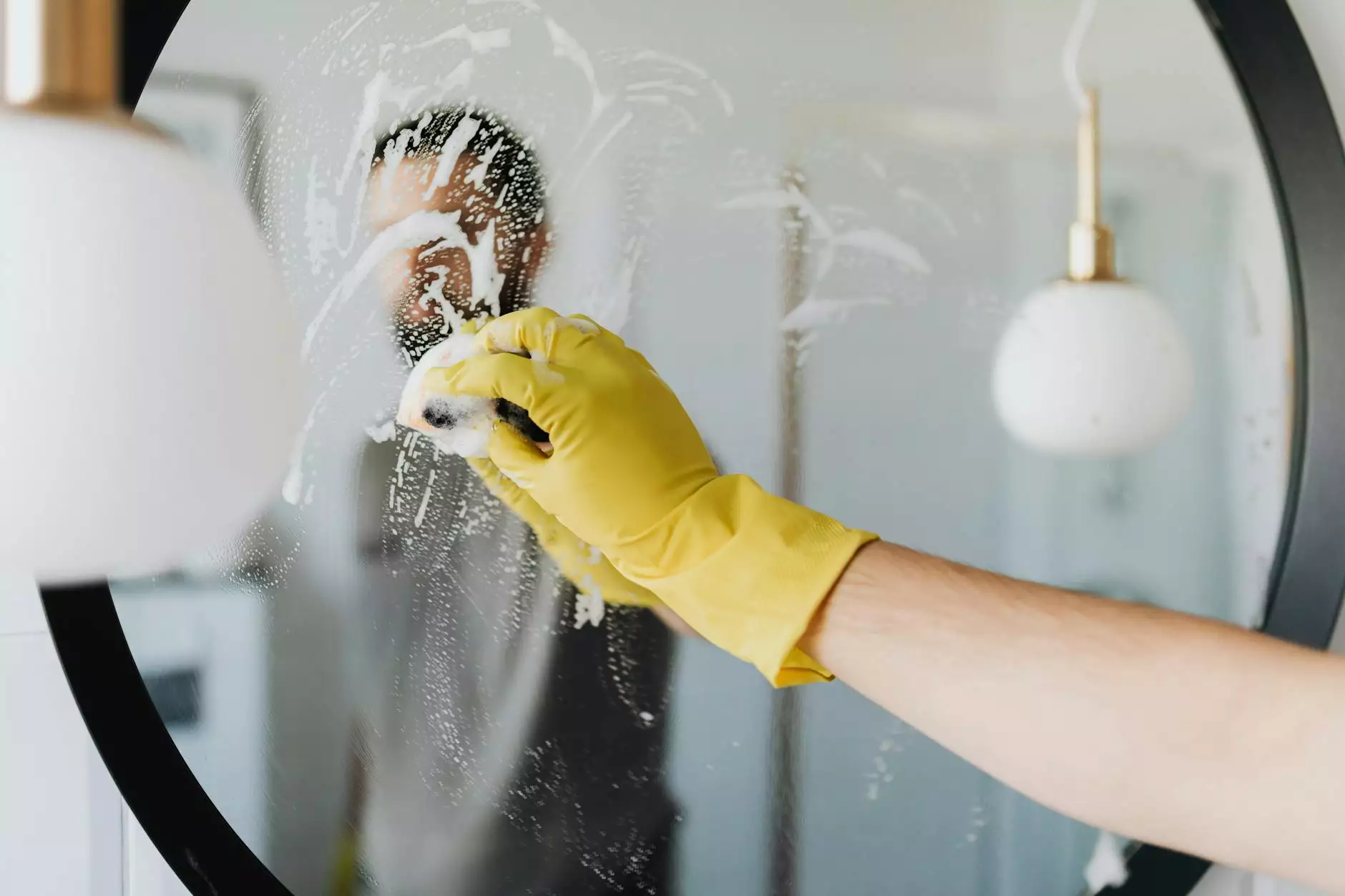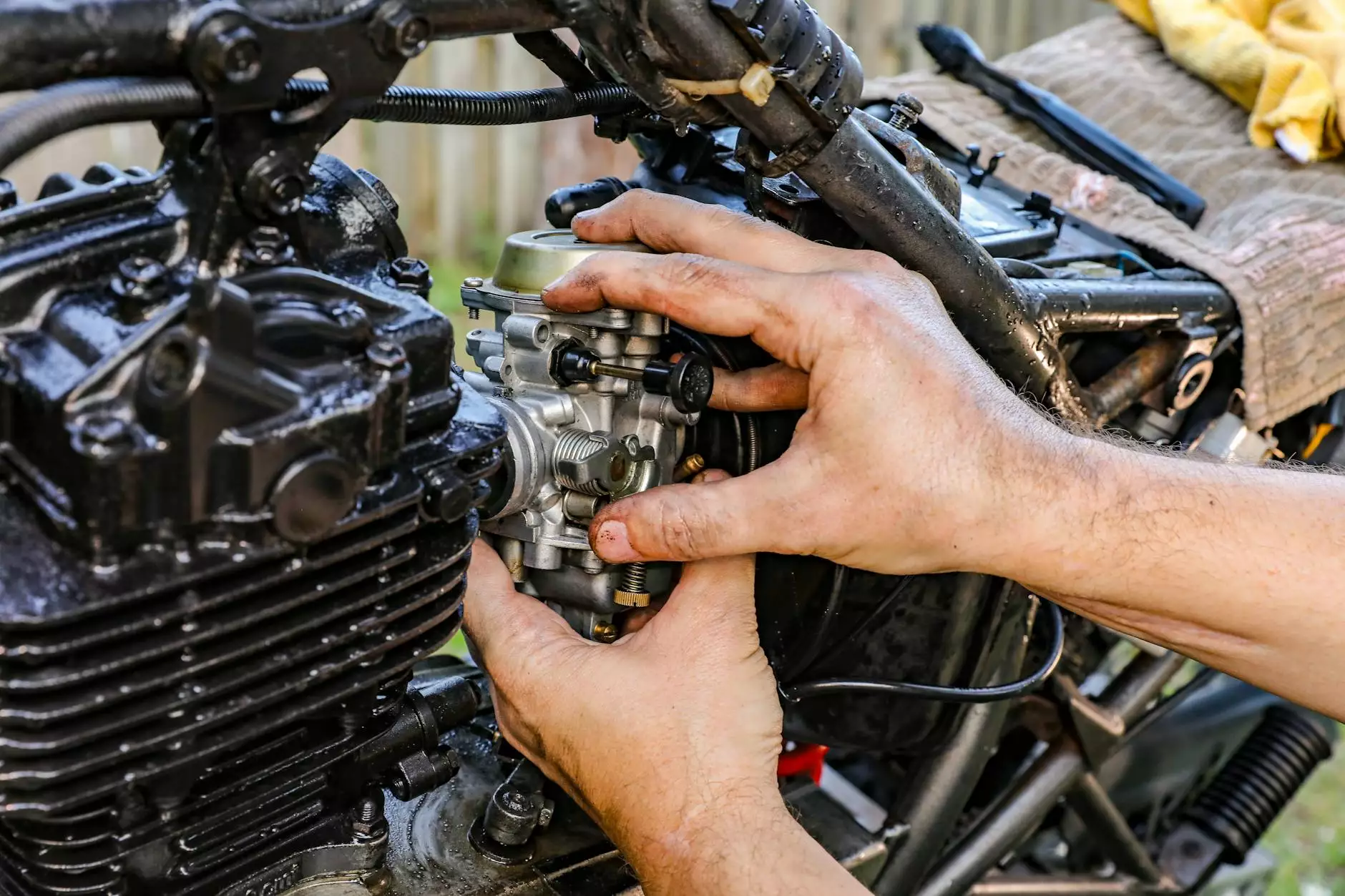Disinfection of Surgical Instruments: A Comprehensive Guide

Surgical instruments play a critical role in medical procedures, and their disinfection is paramount in preventing infections and ensuring patient safety. In this article, we delve into various aspects of disinfection of surgical instruments, the importance of maintaining sterilization, current technologies, methodologies, and best practices. Our aim is to provide a rich and informative resource to both healthcare professionals and medical facility operators.
The Importance of Instrument Disinfection
In the medical field, the primary goal is to offer the best care possible while minimizing risks to patients. The disinfection of surgical instruments is crucial for several reasons:
- Infection Control: Decontaminating instruments significantly reduces the risk of surgical site infections (SSIs).
- Patient Safety: Properly disinfected instruments protect the health and safety of patients undergoing surgery.
- Legal Compliance: Adhering to guidelines set by health authorities and organizations protects healthcare providers from legal ramifications.
- Operational Efficiency: Streamlined disinfection processes enhance the efficiency of surgical teams, reducing delays and improving outcomes.
Understanding the Process of Instrument Disinfection
The disinfection of surgical instruments is a multi-step process designed to effectively eliminate pathogens. Here are the essential stages:
1. Cleaning
Before disinfection, instruments must be cleaned thoroughly. This includes:
- Manual Cleaning: Scrubbing instruments with a brush and detergent to remove visible debris.
- Ultrasonic Cleaning: Using high-frequency sound waves to dislodge contaminants from the instrument surfaces.
- Automated Washer-Disinfectors: Machines that wash and disinfect instruments simultaneously, ensuring thorough cleaning.
2. Disinfection Techniques
Once cleaned, surgical instruments can undergo various disinfection techniques, including:
- Chemical Disinfection: Utilizing chemical agents such as glutaraldehyde and ortho-phthalaldehyde (OPA) to eliminate microorganisms.
- Thermal Disinfection: Exposing instruments to high temperatures, either through steam or dry heat, which destroys pathogens effectively.
- Ethylene Oxide Gas Sterilization: A gas that penetrates packaging and devices, suitable for heat-sensitive instruments.
3. Sterilization
While disinfection reduces the number of viable pathogens, sterilization is the only method that eliminates all forms of microorganisms. The commonly used sterilization methods include:
- Steam Sterilization: The use of saturated steam under pressure, ideal for most surgical instruments.
- Dry Heat Sterilization: Employing high temperatures for longer durations, suitable for materials that can’t withstand moisture.
- Hydrogen Peroxide Plasma Sterilization: An advanced method that employs vaporized hydrogen peroxide in a low-pressure environment.
Regulatory Standards and Guidelines
Compliance with established regulatory standards is vital in the disinfection of surgical instruments. Several organizations provide guidelines, including:
- Centers for Disease Control and Prevention (CDC): Offers comprehensive guidelines on the cleaning and disinfection of healthcare items.
- World Health Organization (WHO): Provides protocols aimed at infection prevention and control worldwide.
- Association for the Advancement of Medical Instrumentation (AAMI): Develops standards and recommended practices for medical devices and instruments.
Best Practices for Effective Disinfection
To ensure effective disinfection of surgical instruments, the following best practices should be adhered to:
1. Regular Training for Staff
Healthcare staff must receive regular training on the latest disinfection protocols, technologies, and infection control practices to minimize human error.
2. Consistent Monitoring and Validation
Facilities should consistently monitor disinfection processes and validate equipment efficacy through biological indicators and surface testing.
3. Proper Instrument Handling and Transport
Instruments should be handled carefully, and proper transport protocols should be followed to prevent contamination before and after disinfection.
Innovative Technologies in Instrument Disinfection
As technology advances, the field of instrument disinfection continues to evolve. Some innovative technologies include:
1. Automated Disinfection Systems
The emergence of automated systems allows for consistent and reliable disinfection results, minimizing human intervention and potential errors.
2. Robotics in Surgery and Instrumentation
Robotic systems in surgical procedures enhance accuracy and can also play a role in effective instrument sterilization.
3. Smart Monitoring Systems
Utilizing IoT (Internet of Things) technology can help track disinfection cycles and maintenance schedules, thus improving compliance and safety.
Conclusion
The disinfection of surgical instruments is a non-negotiable aspect of modern medical practice. Adopting effective disinfection methods, adhering to regulatory standards, and employing advanced technology significantly enhance patient safety and treatment outcomes. At Medalkan.com, we understand the critical nature of sterilization and offer a range of medical supplies and equipment designed to meet the highest standards of the healthcare industry.
By implementing best practices in disinfection and staying informed about technological advancements, healthcare providers can ensure that they deliver safe, effective, and reliable surgical procedures. The ongoing commitment to excellence in sterilization will not only protect patients but also elevate the standards of healthcare delivery in our communities.
For more information about medical supplies and our commitment to health and safety, visit us at medalkan.com.









